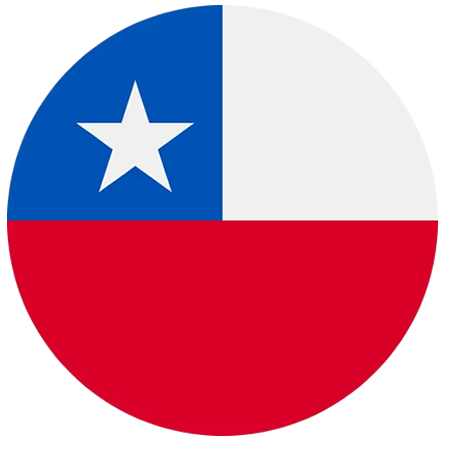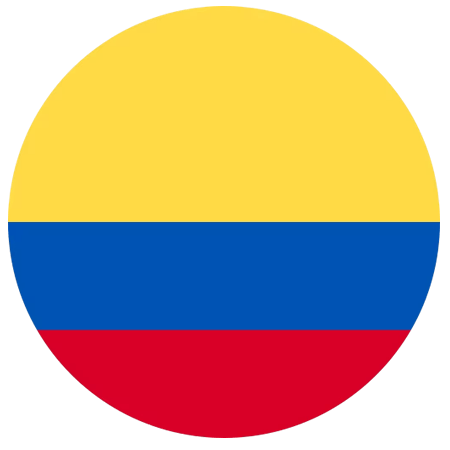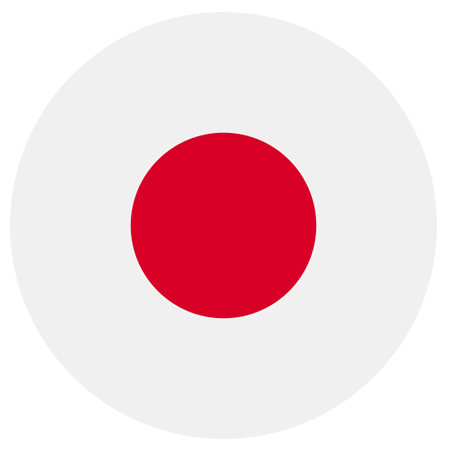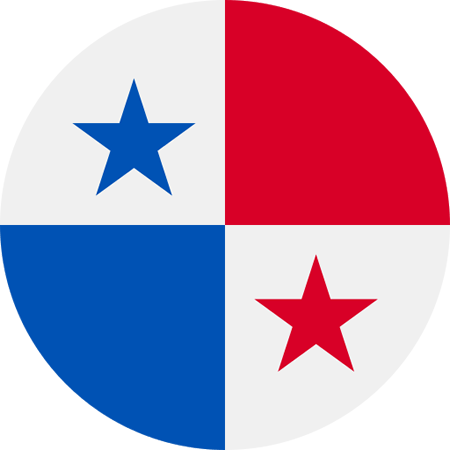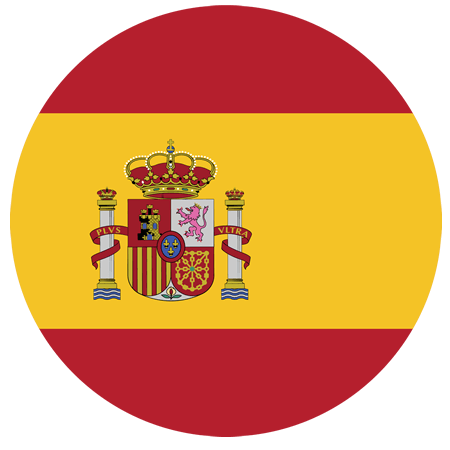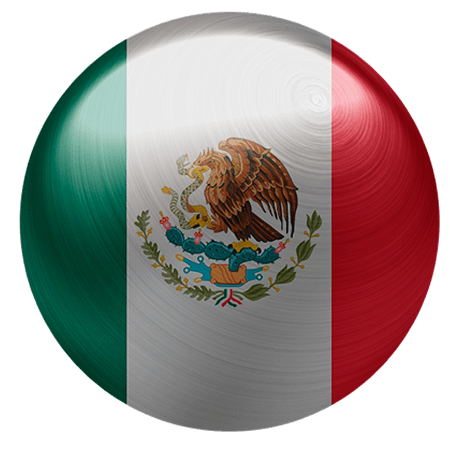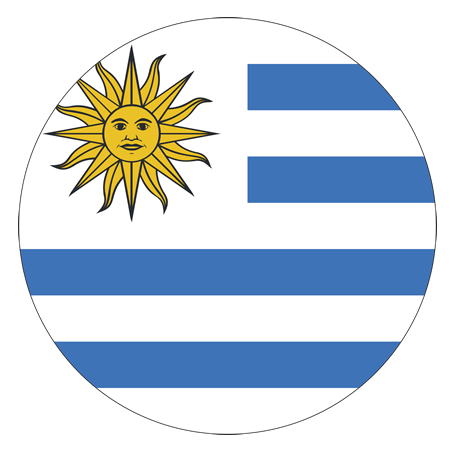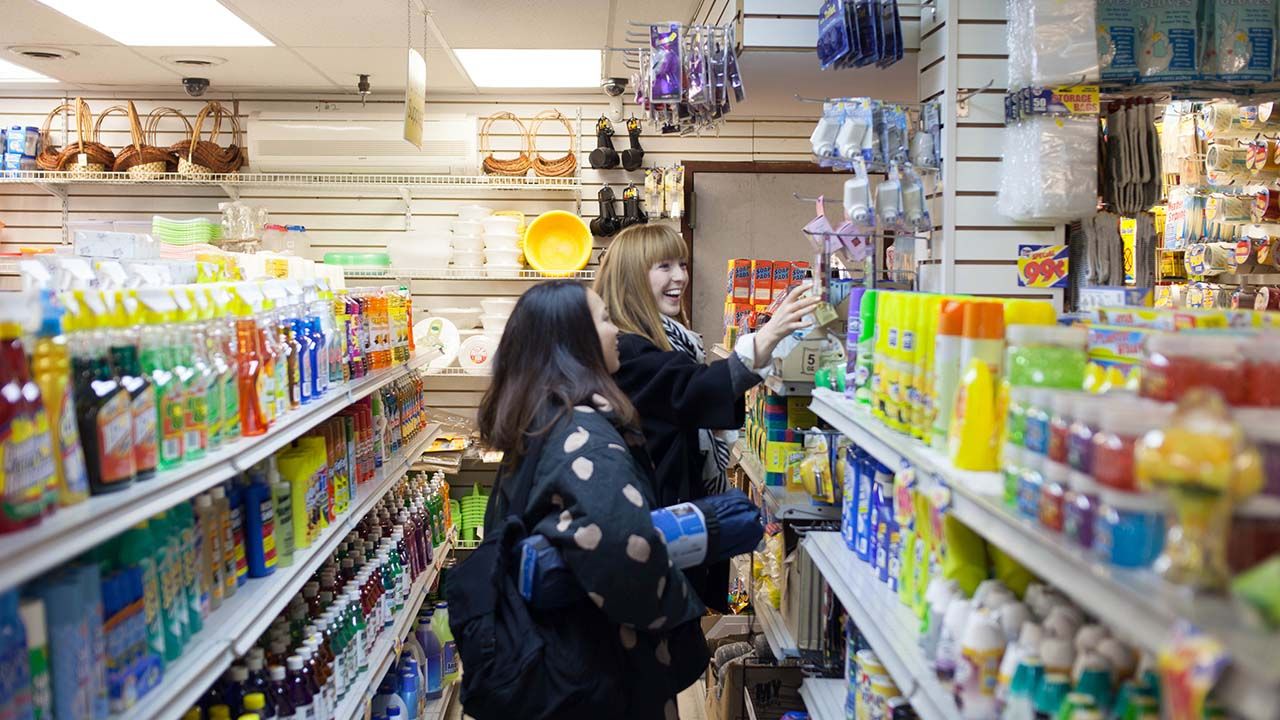.In January 2020, a well-known CIO stated that “there is much you can learn from the analysis of routes in the shop”.
Well, he was right and I was wrong. Today, many retailers use buyers incognitos to validate the customer experience and at the same time, implement analysis of the routes in shops pilot and conceptual.
Here are my thoughts on the testing of user in-store:
User tests in the Online world refers to the tracking of how people use a website to get to know the “why”.
Here there are different terminologies:
- A / B Testing: compare different versions of web pages without the knowledge of users.
- Usability testing: defines the ease of use of panels, and search.
- User testing: capture information about the way of thinking of the user on the web site.
There is a significant difference in the size of the sample:
- A / B testing do not involve hundreds, if not thousands of people, while the user tests are performed with at least ten people.
- The usability testincludes see people use the web site to accomplish a specific task, such as buying walking shoes in size 7.
- The main benefit the user tests in line is to identify the bottlenecks.
Bottle neck effect at the store
Know and understand the bottlenecks, provides you with information on the tour of the customers.
Example:
- Exhibit tables: the configuration tables display tends to change the flow of the client.
- Field of vision: mount a device “too high” tends to be counterproductive.
- Storage in the shop: the storage carts tend to close off the flow of customers in the hallway
Behaviors of abandonment
Are the extreme version of the behaviors of the neck of the bottle, reflect an extreme friction and dissatisfaction of the customer.
- Do not enter in the row, as not to stand in line for cashiers retail banking.
- Do not enter the storeas not visit the shops during lunch time “crowded”.
- Get out of the rowlike shopping carts abandoned in supermarkets.
Mystery shoppers
Are people posing as buyers. Get paid for shopping at a store like regular customers and reporting on their experience.
In the market research, a program of purchases mysterious is qualitative and relies on surveys.
- Local demand: What path you took to find that particular product?
- Navigation in the shop: How easy it was to find this product?
- Product positioning: describe your thought process during the engagement with the product.
The testing of on-line users provide information as emotional responses, and rapid detection of problems. But A / B testing to generate statistical data of X is better than Y.
“In the physical world, the statistical tests begin with the analysis of routes in the shop”
Ronny Max
Analysis of routes in the store
In-Store Path Analytics is not the same as the analysis of paths on-line, but there are similarities with creating a sales funnel with metrics based on the location and time, such as Dwell Time.
Path Analytics is often displayed as a heat map, but in order to be actionable, it must drill into the data.

Below are some topics for you to explore:
- Local demand: areas of active and less-used, in context to flow.
- Stay Time: pay attention to the outliers.
- Customer service: are there changes of data based on the programming and the behavior of the staff?
Path Analytics is the first step, if you think about the funnels of sales in the store.

